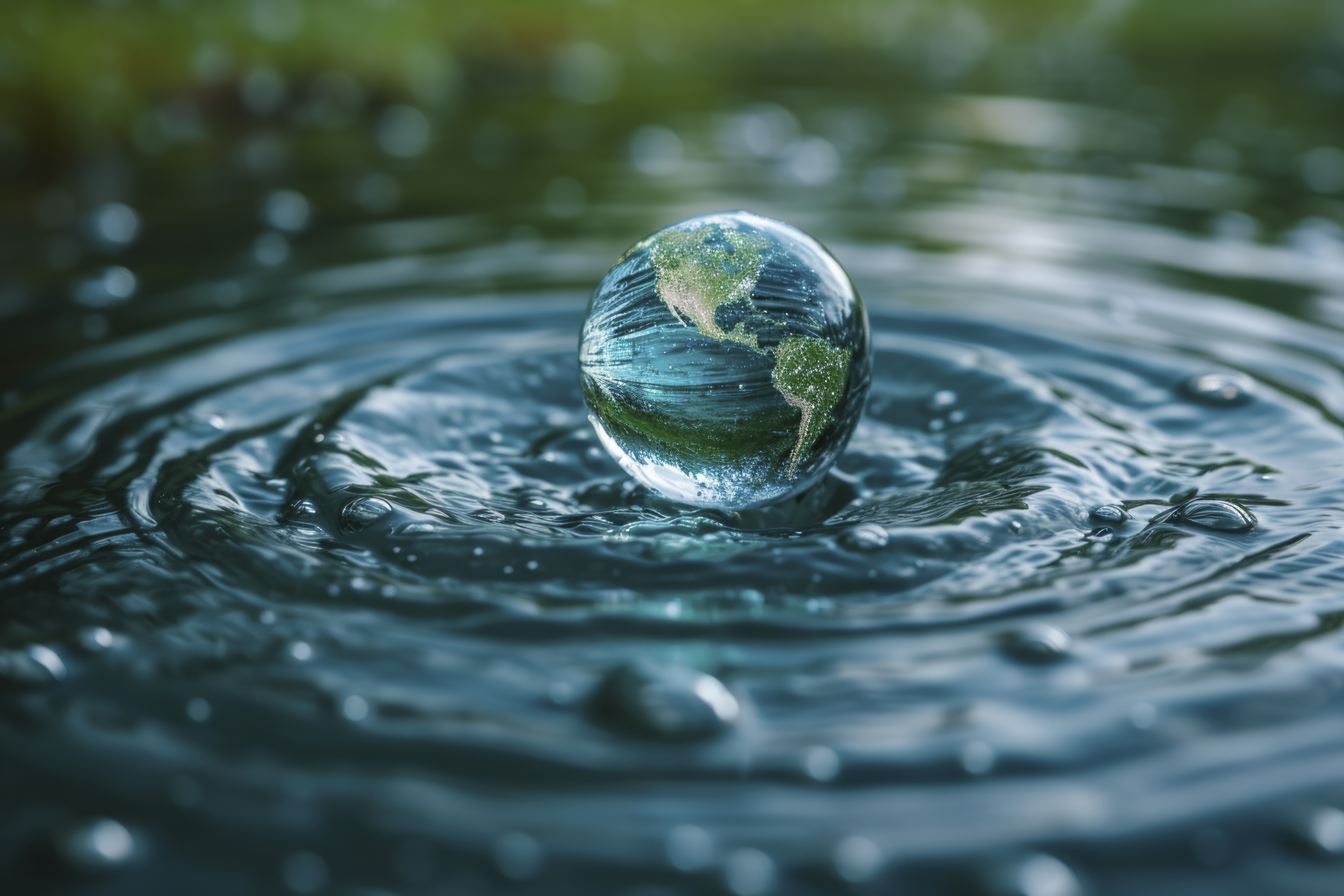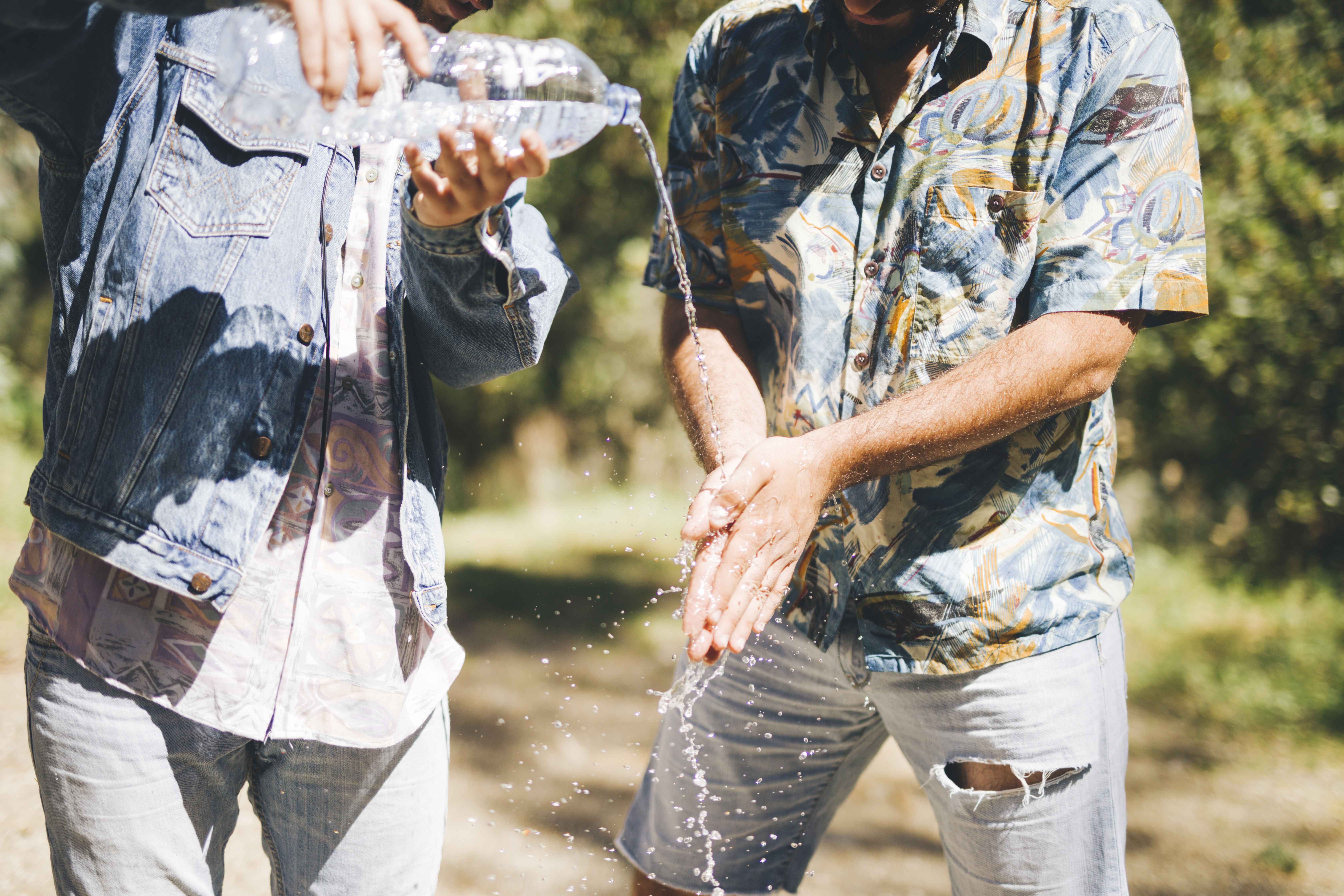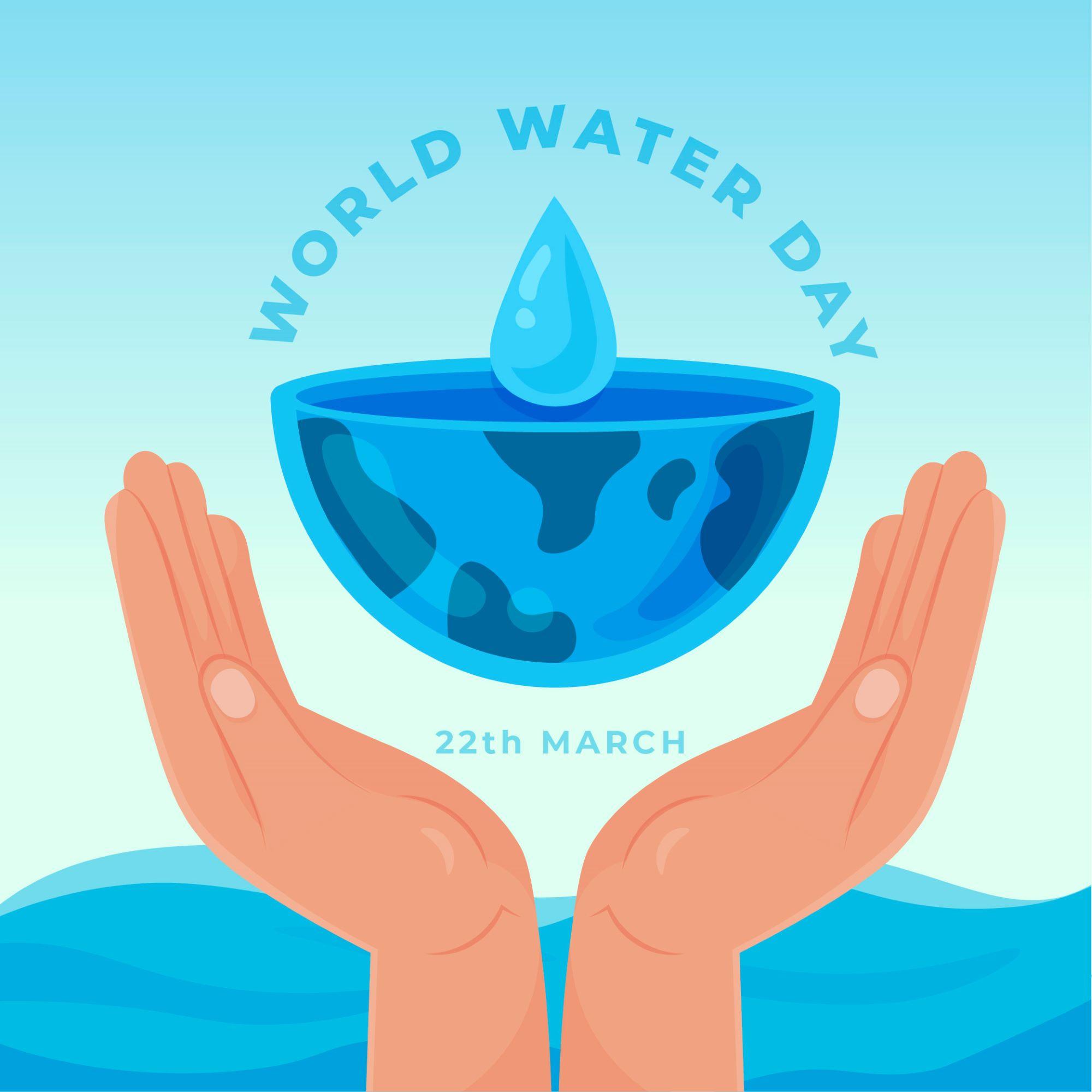Thirst for Change
Tip 1
Water conservation is crucial for sustaining our environment and ensuring that future generations have access to clean water. One effective way to conserve water is by making small changes in our daily habits. For instance, turning off the tap while brushing your teeth or shaving can save several gallons of water each day. Additionally, fixing leaks in faucets and pipes promptly can prevent significant water wastage. Installing water-efficient fixtures, such as low-flow showerheads and toilets, can also make a substantial difference in reducing water consumption.
Tip 2
In the garden, water conservation can be achieved through smart landscaping practices. Opting for drought-resistant plants and using mulch can help retain soil moisture, reducing the need for frequent watering. Implementing drip irrigation systems instead of traditional sprinklers ensures that water is delivered directly to the plant roots, minimizing evaporation and runoff. Collecting rainwater in barrels for garden use is another effective method to conserve water and reduce reliance on municipal supplies.
Tip 3
Regarding toilet flushing and sanitation, several methods can reduce water consumption. Placing a full glass bottle in the toilet cistern can limit each flush to a maximum of 6 litres if municipal drinking water must be used. It is recommended to only flush toilets when necessary.Greywater from laundry, baths, and showers, or water from rain, boreholes, or well-points should be used for flushing whenever possible. Using less toilet paper can minimize the risk of sewer blockages. Closing the toilet stopcock (angle valve) will also save municipal drinking water.
Tip 4
For body washing and personal hygiene, taking short, stop-start showers is recommended: wet your body, turn off the tap, soap up, and then rinse quickly. Taps should not be left running for too long or at full flow, and a cup should be used for activities like shaving or brushing teeth. If a shower is not an option, a sponge bath using minimal water in a basin, bowl, or washtub is an alternative. Waterless hand sanitizer can be used instead of washing hands. Water should not be run while waiting for it to heat; instead, use cold water if possible, or heat water for a sponge bath using a kettle or stove.

Thirst for Change is dedicated to raising awareness about the critical issue of water scarcity. Through our innovative simulation, participants can see firsthand how mindful water usage can create a ripple effect, leading to lasting positive impacts on the environment and communities. This interactive experience highlights the importance of individual actions in contributing to the larger goal of water sustainability, demonstrating that every drop counts in the fight against water scarcity.

Thirst for Change is dedicated to raising awareness about the critical issue of water scarcity. Through our innovative simulation, participants can see firsthand how mindful water usage can create a ripple effect, leading to lasting positive impacts on the environment and communities. This interactive experience highlights the importance of individual actions in contributing to the larger goal of water sustainability, demonstrating that every drop counts in the fight against water scarcity. To support our mission and make a difference, you can donate at this link.
Donate Now

